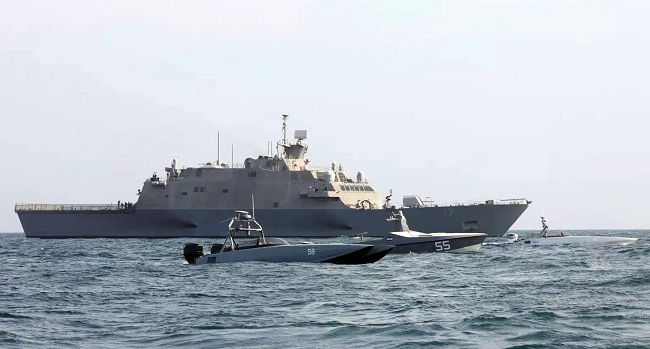
As anticipated in FW MAG 1-2025's insights, NATO’s Allied Command Transformation (ACT) has announced the creation of TASK FORCE X, a multinational initiative aimed at countering underwater threats to critical maritime infrastructure, such as undersea communication cables.
This new task force reflects NATO’s growing concern over recent incidents in key maritime regions, including the Baltic Sea and Taiwan Strait, where such infrastructure has been targeted. TASK FORCE X will leverage cutting-edge technologies, including artificial intelligence and unmanned surface and underwater vehicles, to enhance maritime situational awareness and safeguard vital communication lines.
The task force is modeled on the U.S. Navy’s TASK FORCE 59 and TASK FORCE 66, which operate in the Persian Gulf and Mediterranean, respectively. Both units focus on integrating manned and unmanned systems for persistent maritime monitoring. TASK FORCE X will adopt a similar approach, emphasizing rapid deployment and cost-effective operations to detect and mitigate potential threats.
The initiative is part of NATO’s broader efforts in digital transformation and unmanned systems development, aligning with the Alliance’s Digital Ocean Vision concept. The first deployment of TASK FORCE X is scheduled for mid-February 2025 during Operation BALTIC SENTRY, launched in response to heightened risks to underwater infrastructure in the Baltic Sea.
This operation involves 2 of NATO’s rapid response naval forces, supported by land-based maritime patrol aircraft. Unmanned underwater vehicles will play a crucial role in surveillance and protection efforts, operating from countermeasure units within the naval forces. Lessons learned from NATO’s annual REPMUS exercises off Portugal will further inform the task force’s operations.
NATO has explicitly framed this initiative as a response to threats originating from Russia, underscoring the strategic importance of securing underwater assets in an era of hybrid warfare. By integrating advanced unmanned systems into its maritime strategy, NATO aims to bolster its ability to monitor and protect critical infrastructure across its areas of operation.








.png)
